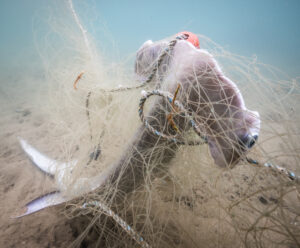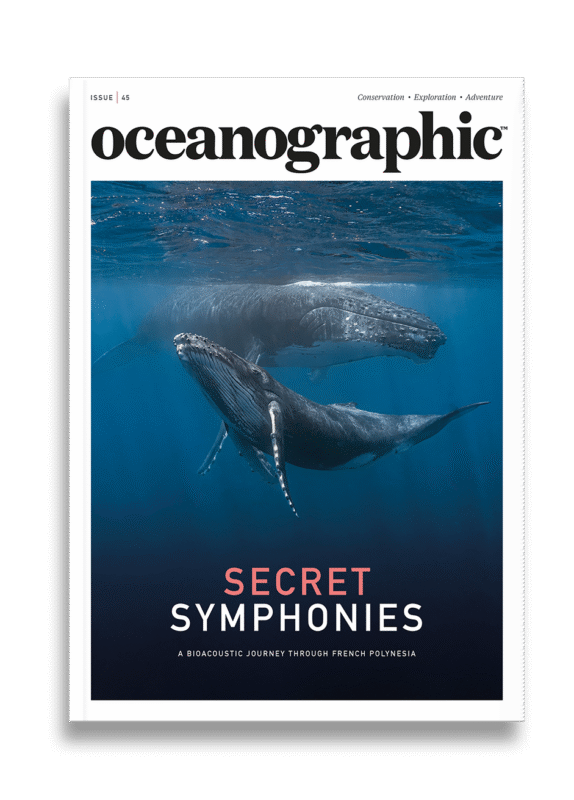‘Conservation abandonment’ concerns as COP30 begins in Brazil
As COP30 begins in Brazil, new research warns of a growing yet largely invisible threat to biodiversity and climate goals - the silent abandonment of conservation projects worldwide.
As COP30 begins in Brazil, new research warns of a growing yet largely invisible threat to biodiversity and climate goals – the silent abandonment of conservation projects worldwide.
While world leaders gather this week in Belém, Brazil, to advance climate negotiations, scientists are sounding the alarm on a crisis that is quietly eroding global progress on climate and biodiversity. A new international study, published in Nature Ecology & Evolution, reveals that thousands of conservation initiatives – from marine protected areas to community-led projects – are being quietly abandoned, undermining global sustainability targets.
The comment paper, “Conservation abandonment is a policy blind spot,” was co-led by Dr Matthew Clark, a postdoctoral researcher at the University of Sydney’s Thriving Oceans Research Hub and honorary research associate at Imperial College London.
Dr Clark and colleagues estimate that between US$87 billion and US$200 billion is spent each year on conservation efforts globally. That figure is expected to balloon to US$540 billion by 2030 and US$740 billion by 2050 as nations race to meet biodiversity and carbon commitments.
“While these investments are essential, we have almost no visibility on how long these programs actually endure,” said Dr Clark. “Emerging evidence suggests that at least a third of conservation projects are abandoned just a few years after implementation. This blind spot could severely compromise progress announced at events like COP, because true ecological recovery takes decades.”
Counting what’s lost
The study introduces a stark new concept – conservation abandonment- which occurs when governments, NGOs, or local organisations either informally neglect their commitments or formally reverse environmental protections through legal or policy changes.
Once a project or protected area is abandoned, it often remains on paper, creating a misleading picture of conservation success.
“We’re racing to meet global goals like protecting 30 percent of land and sea by 2030,” said co-author Associate Professor Carly Cook from Monash University. “But no one’s asking whether the parks we’ve established are still being managed – or even exist in any meaningful way.”
The team documented more than 3,700 instances of protected area downgrades, downsizing, or full removal (known as PADDD events) worldwide. These range from community-led marine projects in Africa and South America quietly dissolving, to national governments rolling back formal protections.
In Chile, 22 percent of Territorial Use Rights in fisheries – a key tool for community-based management – have been discontinued. In Canada, downgrading of a marine conservation area opened 26,450 square kilometres to oil exploration. Meanwhile, Morocco and Canada together disestablished seven protected areas, totalling 2,412 square kilometres.


Australia is not immune
The researchers warn that Australia, despite its vast network of protected lands and seas, is not exempt. Many programmes remain chronically underfunded or quietly shelved after initial political fanfare.
“Australia has a disappointing record of reducing protections for national parks and even for the Great Barrier Reef,” said Associate Professor Cook. “We have one of the world’s largest marine protected networks, yet there’s very little active management or enforcement.”
A 2021 analysis found that Australia’s marine parks have had their protections downgraded 38 times, affecting more than 1 million square kilometres of ocean – an area larger than Egypt.
Cook also raised concerns about carbon offset accounting, noting that abandoned or poorly maintained conservation projects may be distorting carbon credit markets.
A call for accountability
The authors urge the creation of a global monitoring system to track conservation abandonment, paired with long-term funding commitments and transparent environmental reporting.
“The launch of a conservation project is just the beginning,” said Dr Clark. “These initiatives need to persist for decades – sometimes indefinitely – to make real change. When funding stops or responsibility shifts, we often end up right back where we started.”
Dr Tom Pienkowski, joint corresponding author from the University of Kent, said the findings arrive at a politically charged moment. “The erosion of international conservation funding – such as the Trump administration’s US$365 million in cuts – risks legitimising a wider trend of conservation neglect,” he said.
As COP30 delegates debate how to meet the 2030 biodiversity and carbon targets, this research adds a sobering reminder: progress cannot be measured only by what begins, but by what endures.


"*" indicates required fields
Printed editions
Current issue
Back issues

Back Issues
Issue 43 Sir David Attenborough’s ‘Ocean’

Back Issues
Issue 41 Holdfast to the canopy
Enjoy so much more from Oceanographic Magazine by becoming a subscriber.
A range of subscription options are available.








